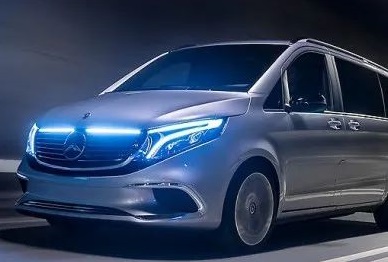*This article is reproduced from the autocarweekly public account.
Author: Ao Ao Hu
The next door that lithium batteries are about to knock on is the MPV.
It can be seen at the Guangzhou Auto Show this year that SAIC’s earliest electrically powered MPV, the MIFA 9, has been brought; the second model of the LanTu, the luxury MPV “Dream Home”, uses both extended-range and pure electric power; and the pure electric MPV from Geely’s Extreme Krypton, which is being brewed in secret, is destined to appear before the 2022 Hangzhou Asian Games.
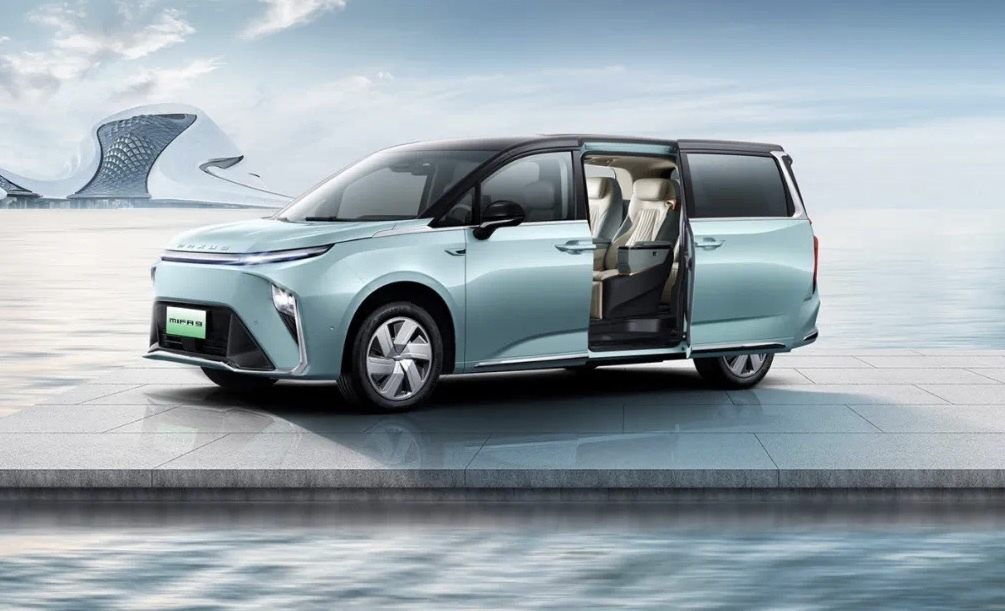
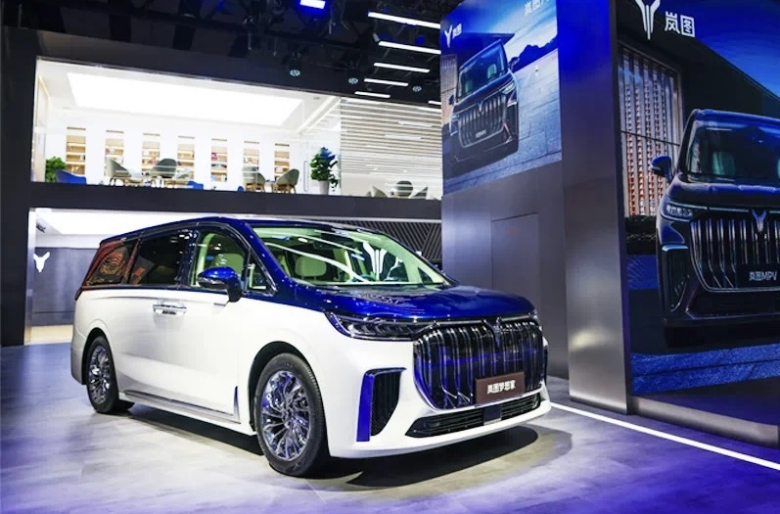
The MPV, a familiar stranger to the Chinese people: There are few people who have never ridden in a car like the GL8, commonly known as the “big business car”, but those who have actually purchased it as individual consumers are few. In the past ten to twenty years, the term “SUV craze” has become obsolete with the complete popularization of SUVs, and people have hoped more than once that MPVs could take over and make miracles.
The “MPV craze” came and went, but this time it’s a bit different.
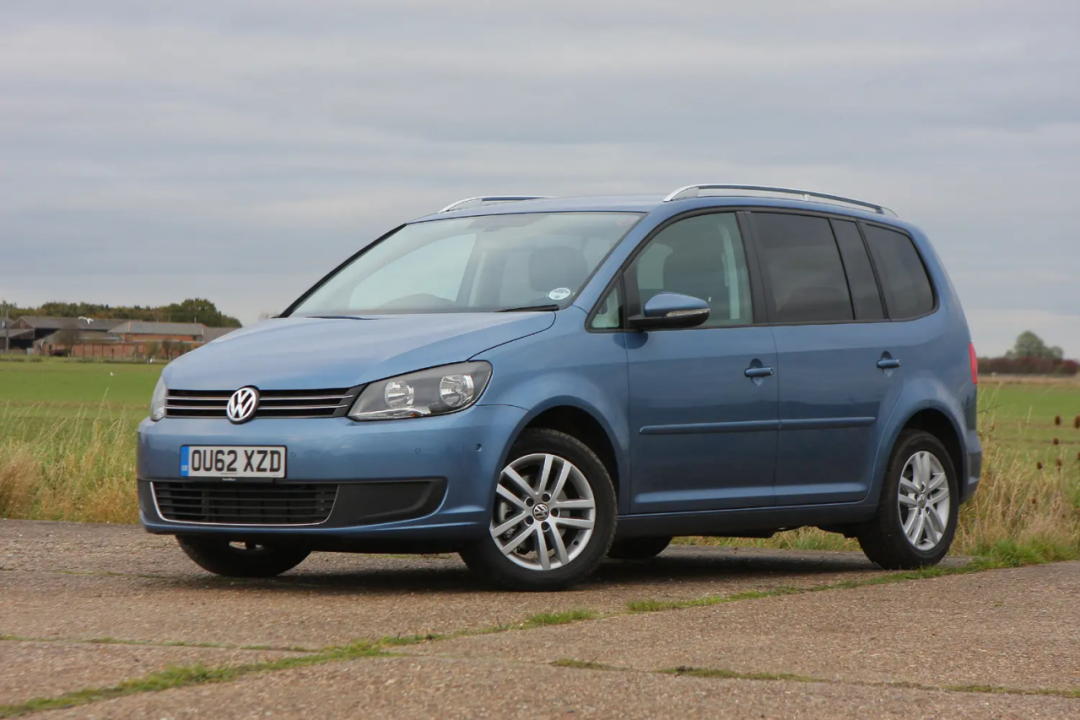
In the early years, the “MPV” that people hated for being unyielding was mostly compact and midsize family MPVs such as the Volkswagen Touran and the old Honda Odyssey; today, the “MPV” that attracts everyone’s attention is mainly the full-size, sliding-door, three-row, and luxurious business MPVs represented by the Toyota Sienna and Alphard, commonly known as “nanny cars.”
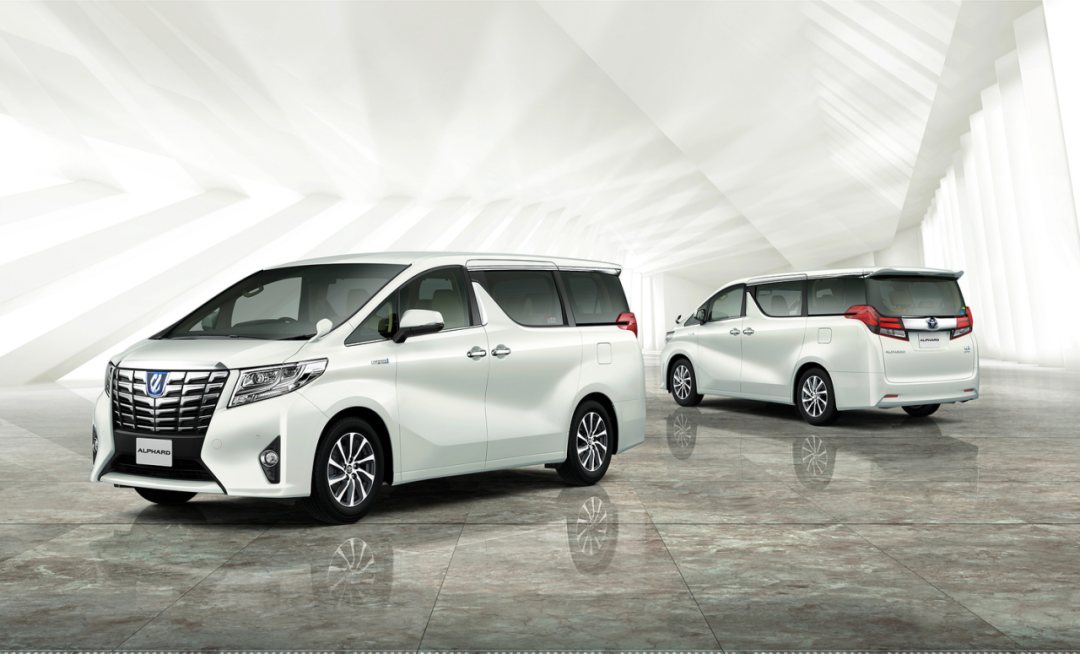
The most important difference between the two is the availability of sliding doors and the third row. The space-efficient family MPVs with moderate size are mostly of the conventional five-door layout, with either no third row or only for emergency use. In terms of space practicality, there is no essential difference between these MPVs and three-row seat SUVs.
Today’s popular “nanny car” MPVs, with a full-size body of around five meters, large and convenient sliding doors, more spacious car interiors, and lower floor heights. All of this allows second-row passengers to board and disembark more gracefully, and the third-row space truly has long-term riding value, and passenger transfers between the front and rear rows are also more convenient.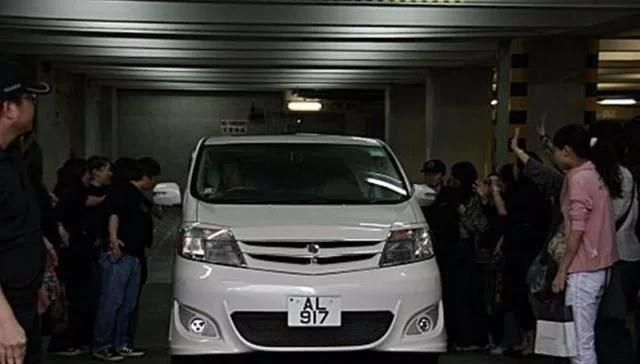
Lu Xun once said: “Once you get on an MPV, you become an MVP.”
Upper-class men and women no longer have to bow their heads while getting in or out of the car, always maintaining a obedient, elegant, and dignified appearance. This also ensures that ladies don’t have to worry about any wardrobe malfunctions while inside the vehicle. Passengers in the car don’t have to get out as they can move between the front and rear seats under the protection of the privacy glass. The spacious third row can be removed and converted into a four-seater, which car manufacturers also launched a “emperor version” in response to popular demand.
These advantages are almost exclusively provided by “nanny cars,” unless you always ride the Coaster. As a result, “nanny cars” have become increasingly popular among the entertainment industry and social circles of high-net-worth individuals, which in turn has elevated their image in the mainstream. On one hand, they are highly favored by the wealthy, and on the other hand, they have increased in price and demand, forming a positively reinforcing cycle between the two.
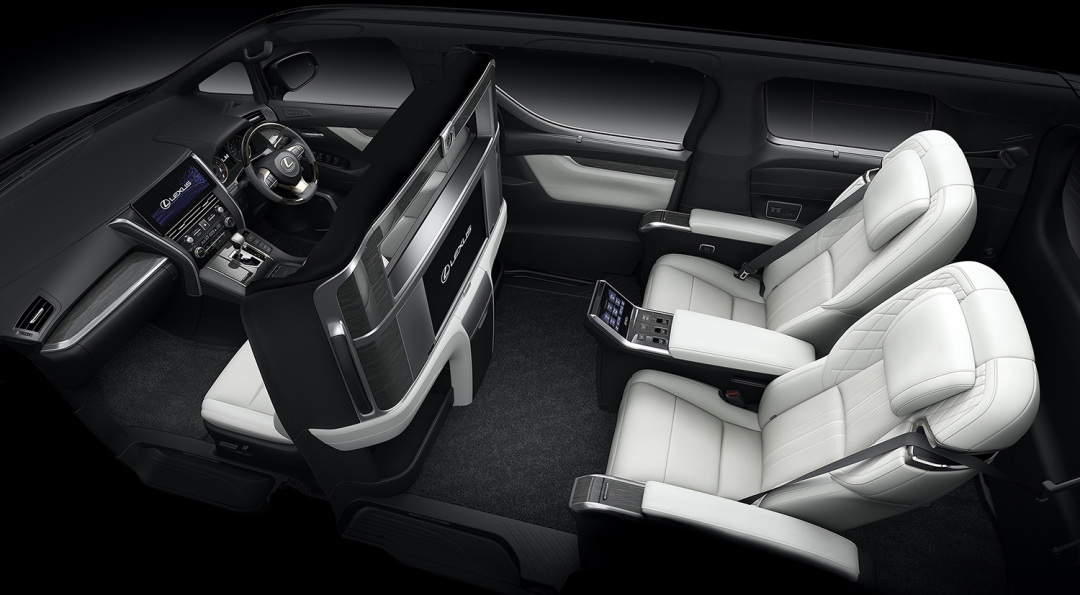
Models such as the Touran, Carnival, and Song MAX are examples of what a typical family MPV should be like, but what really caught on were the full-size, sliding-door “nanny cars” that supported three rows of seats. Toyota Alphard and Sienna are among the most typical examples. The Honda Odyssey (domestic version) took advantage of its 2015 facelift to transform from a low-profile family MPV to a large sliding-door MPV.
Chinese and foreign car manufacturers have been eyeing this lucrative market for some time, and now pure electric drives are undoubtedly becoming the driving force for this segment.
Two years ago, Ideal and Didi’s cooperation to develop an MPV was leaked, sparking industry discussion about electric MPVs. However, the project failed, and Didi turned to BYD to launch a pure electric rental car with a single sliding door (on the right side) and significantly smaller dimensions, the D1.
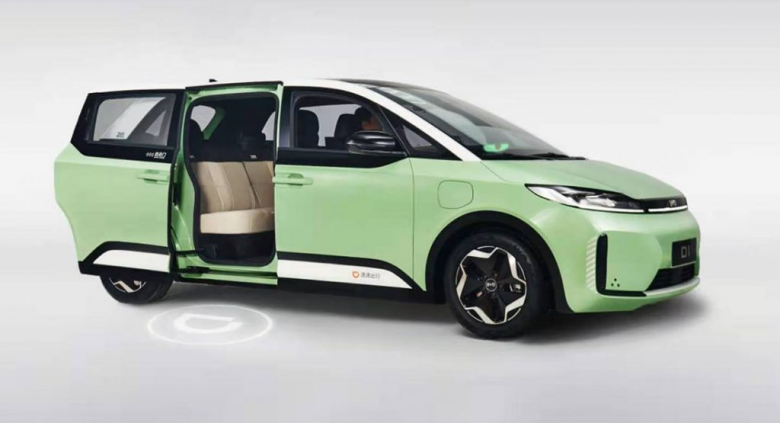
The Ideal-Didi controversy was just the beginning. As Toyota’s dual-headed pricing strategy in China continues, domestic automakers have long been itching to respond but have unfortunately been constrained by a lack of powerful gasoline-powered luxury full-size MPVs. With the trend toward electrification becoming increasingly intense, the emergence of pure electric MPVs is inevitable.At the beginning of the year, SAIC Maxus launched the EUNIQ 5, a pure electric/hybrid MPV, and at the Guangzhou Auto Show, they unveiled the MIFA 9, another similar model. The second car from the new automaker Voyah Motors is the Dreamer, a luxury pure electric/extended range MPV. Geely is developing a pure electric MPV under the code name of EF1E, which is expected to join the COSMO brand and will have sliding doors, as shown in leaked spy photos.
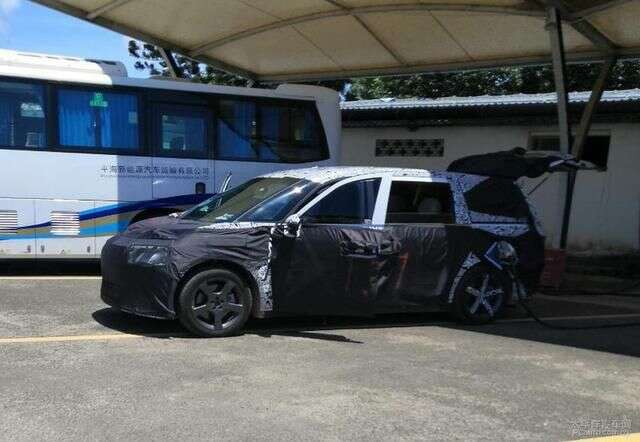
Overseas, Mercedes-Benz has already released the EQV, a pure electric version of its V-Class fuel-powered MPV, as the second car in its EQ series back in 2019 (as shown below). This year, Mercedes-Benz unveiled the more passenger-oriented EQT concept car, which is scheduled to be produced in 2022.
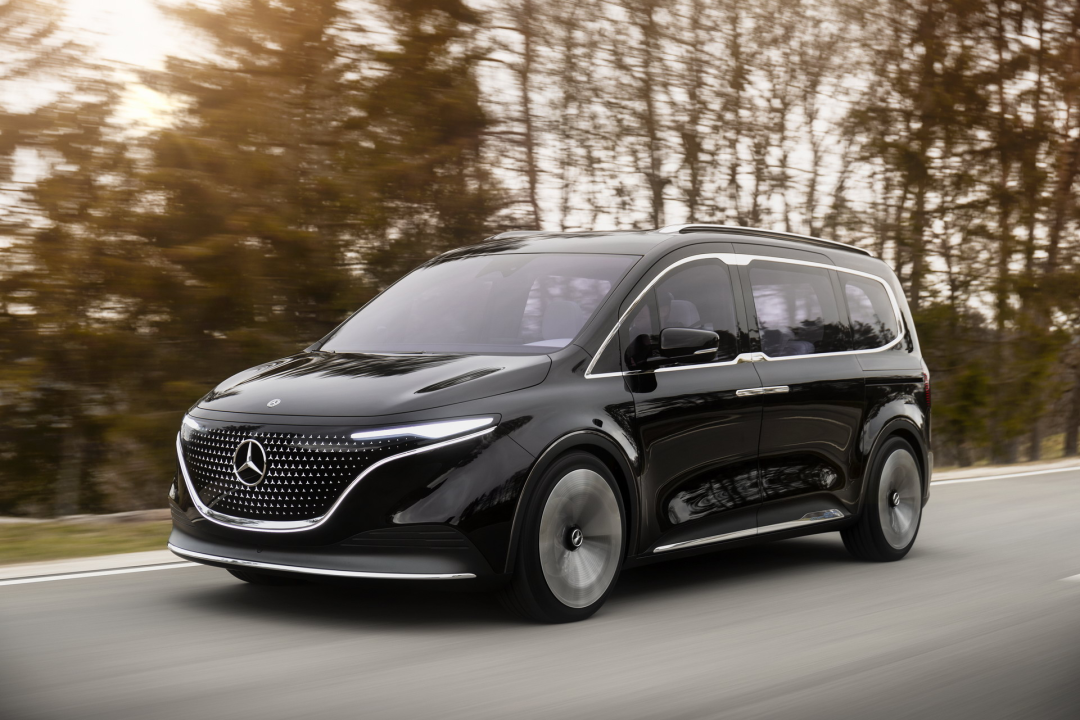
Volkswagen has been planning the ID.BUZZ, a pure electric revival of its classic T1 minibus and one of the earliest planned models in the MEB platform ID. series, for a long time. After several years of waiting, Volkswagen recently released a disguised preview of the production car, which will be officially released in 2022.
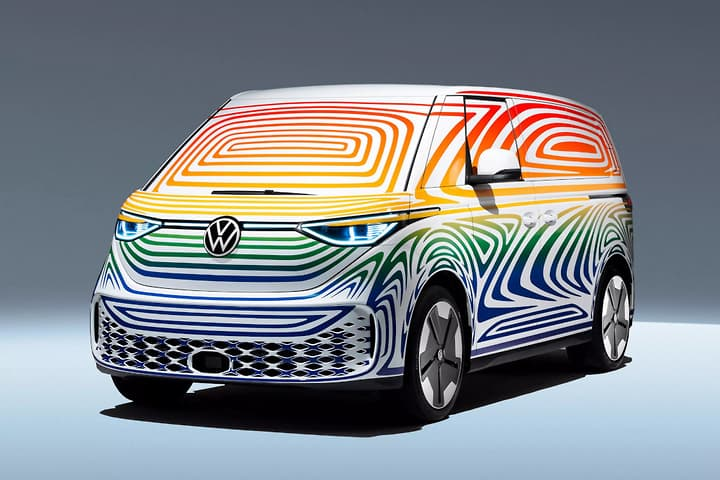
Is pure electric drive a good idea for MPVs, especially for these popular large luxury MPVs with sliding doors and three rows of seats? Is electrification a good opportunity to challenge Toyota’s dominance?
The focus of attention on these large MPVs is primarily on space and convenience, which practically takes priority over everything else. After all, this is their fundamental advantage and the reason why they continue to exist as a class of vehicle that distinguishes them from any other type of vehicle, especially full-size three-row SUVs.
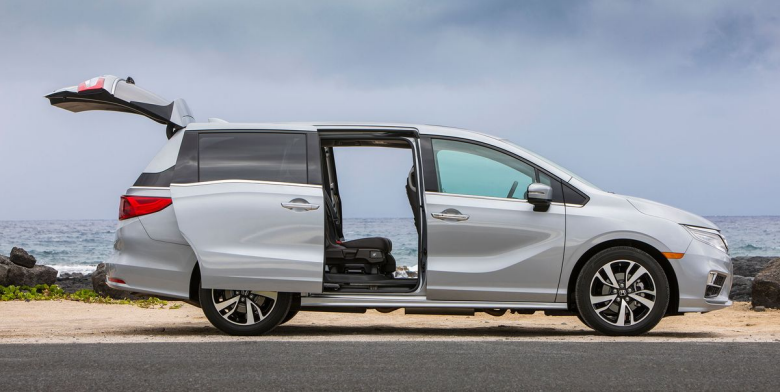
-
They have lower floor heights and lower door opening heights, which make it easier for passengers to enter and exit the back seats.
-
The lower, flat floor of the entire vehicle allows for thicker and truly usable third-row seat pads, and can also achieve a luxurious four-seat layout.
-
The rear wheel arches of the rear suspension take up less space, which allows for a greater backseat adjustment range and reclining angle as well as increased lateral space in the third row.- The high roof maximizes vertical space, allowing passengers to move between the three rows of seats without getting out of the car, suitable for certain special commercial purposes.
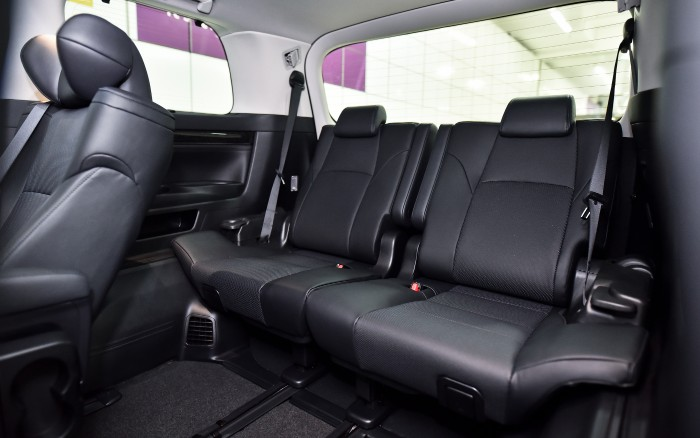
However, all of these benefits also come at a cost and are subject to limitations.
The first drawback is the lack of comfort – the large space ensures static comfort, but the resulting low stiffness can damage dynamic driving quality. In order to create a maximized geometric space inside the car, the floor needs to be as flat as possible, with minimal uneven structure, the roof needs to be as high as possible, the door threshold needs to be as narrow as possible, and there should be as few crossbeams as possible. However, the huge structural cavity and simplified planar structure are natural killers of the car body’s stiffness.
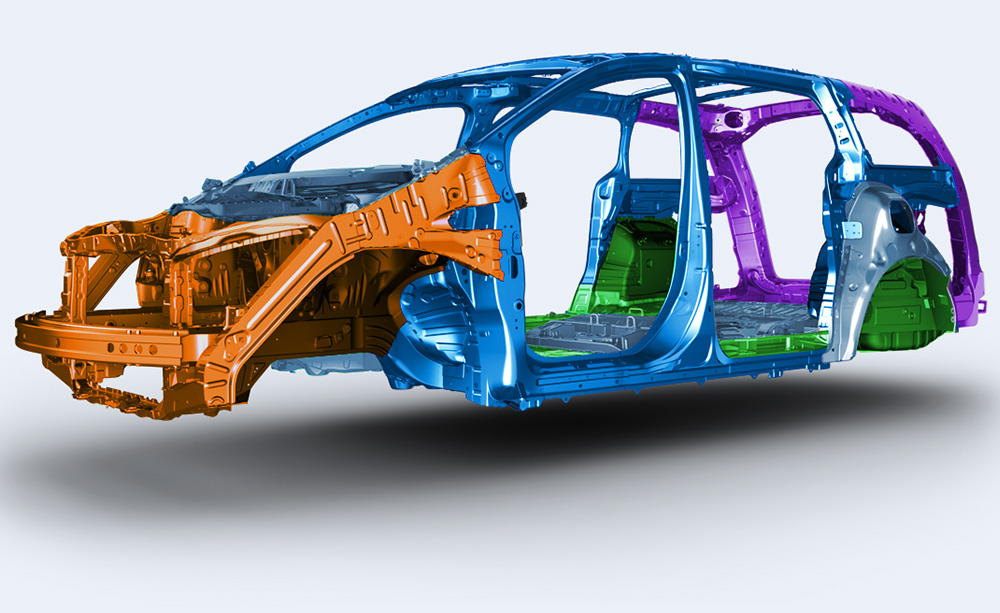
To make matters worse, due to the large size of MPVs, drivers need a wider field of view. In addition to focusing on passenger comfort, ensuring that the window area is large enough and bright enough also makes it difficult to increase the body stiffness by thickening the A/B/C/D pillars (cross-sectional area affects stiffness, see “Why do I need you to care about the car body?” ).
And it’s not over yet. In order to arrange sliding doors, long slots need to be opened in the top and bottom side beams of the car body and the rear fenders to accommodate the sliding door tracks. These openings also do not help ensure or improve the stiffness of the car body. For the convenience of entry and exit, the height of the inner door sill will be minimized and level with the floor, which again loses some structural opportunities.
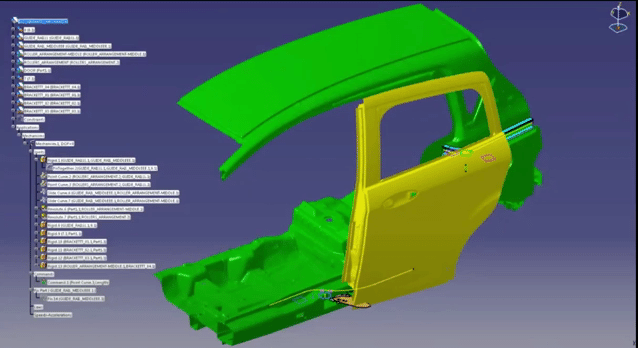
Nowadays, most low-priced MPV models on the market have a poor body stiffness of only 10,000 to 20,000 N·m/°, and those above 20,000 N·m/° are rare – far inferior to cars and SUVs of the same size and price. The body stiffness directly affects the modal frequency, which in turn affects the structural noise. The low body stiffness is not conducive to dynamic driving, nor to high-speed NVH performance.Space, Sight, and Convenience Sacrificed in Vehicle Structure Simplification
Space, sight, and convenience are always sacrificed for the sake of vehicle structure, which can hinder the improvement of rigidity. As a result, although most large and affordable MPVs boast excellent space and convenience, their driving quality and comfort are often the weak points. Dynamic NVH performance is frequently regarded secondary than space and convenience in most affordable MPVs.
However, one of the primary applications of MPVs is to provide passenger services for medium to long distances. In order to achieve both passenger comfort and driving performance, one must spend money on technology and materials. The cost of a large “nanny car” with excellent driving quality is not cheap, as the cost can easily exceed expectations (except when it comes to price gouging). It is not just an “empty shell.”
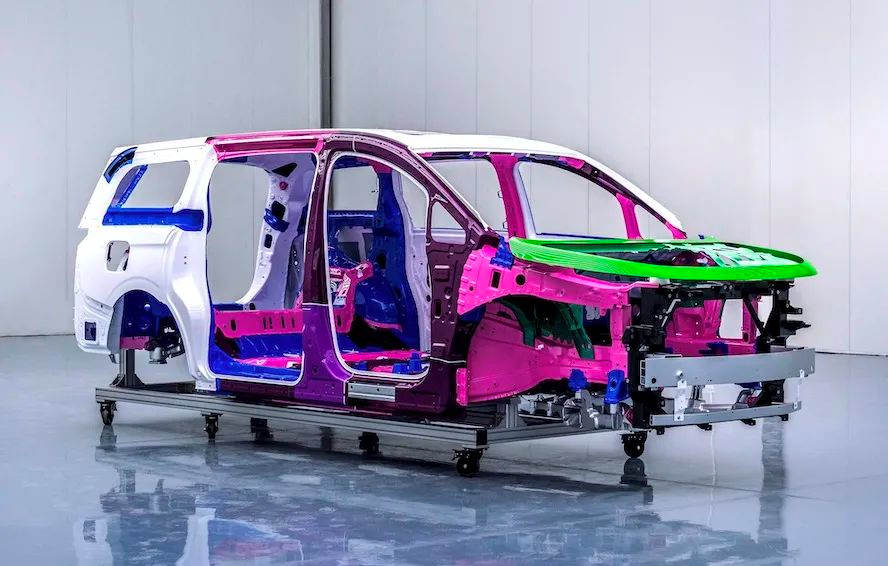
Now, pure electrification provides an opportunity to redeem the rigidity of the vehicle body. However, it also has some negative impacts on MPVs.
The sturdy casing of the battery pack in pure electric vehicles forms an “additional” structure that covers most of the car bottom. This structure easily increases the rigidity of the entire vehicle body (including the battery pack) by one level. In terms of rigidity, electric cars do have a natural advantage (whether this natural advantage will turn into a real advantage is another matter).
This type of rigidity benefit does not require sacrificing space in other directions outside of the battery pack, nor does it require additional costs outside of the battery pack. If we can utilize the inherent advantages of an electric car, for mainstream-priced large MPVs, it is an opportunity to “regain” driving quality and comfort.
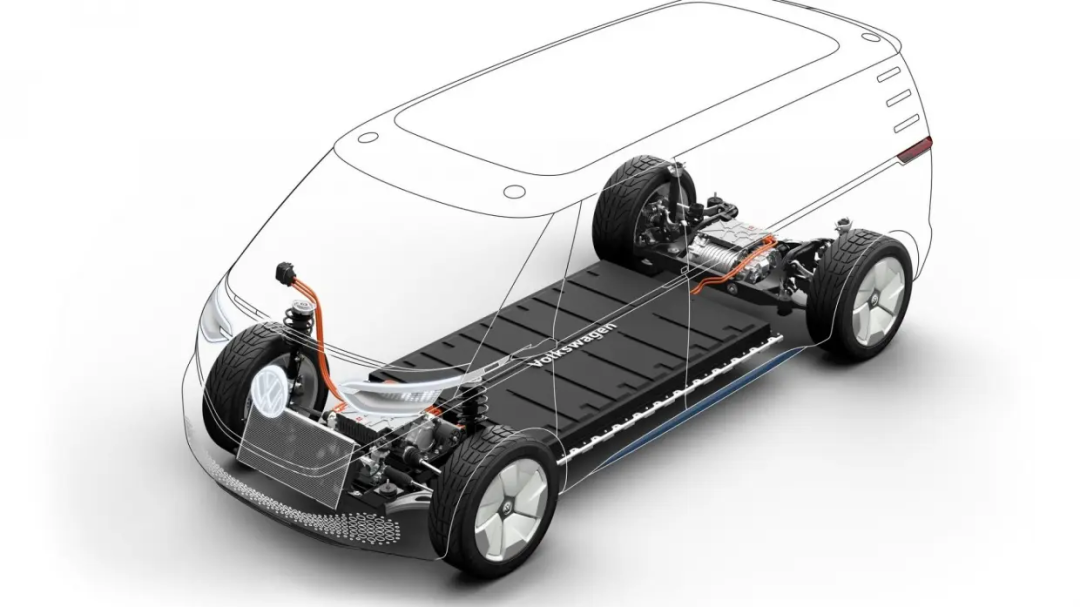
But – as the saying goes – to gain something, one must lose something.
No matter how the design is optimized, the battery pack under the car must inevitably occupy a portion of the vertical space, as seen in pure electric cars and SUVs. A dedicated electrification platform can reduce this impact, but it is impossible to make the battery disappear entirely. The increase in floor “thickness” cannot be avoided. As previously mentioned, for “nanny cars,” floor height is more critical than other vehicle types.
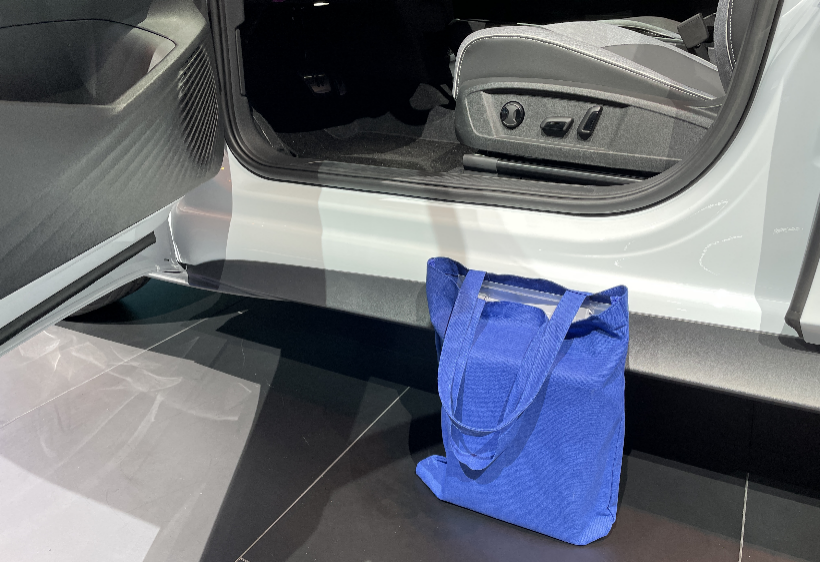 The height of the floor will be raised by the battery, but the height of the roof cannot be increased arbitrarily, otherwise it will easily be restricted by a height limit and become inconvenient to use. What about “making room”? The long wheelbase of large MPVs is inherently disadvantageous for off-road capability, where “off-road capability” refers not only to unpaved road conditions, but also to sloped surfaces commonly found in underground car parks and other urban areas. There is not much room to maneuver when lowering the ground clearance to avoid raising the floor.
The height of the floor will be raised by the battery, but the height of the roof cannot be increased arbitrarily, otherwise it will easily be restricted by a height limit and become inconvenient to use. What about “making room”? The long wheelbase of large MPVs is inherently disadvantageous for off-road capability, where “off-road capability” refers not only to unpaved road conditions, but also to sloped surfaces commonly found in underground car parks and other urban areas. There is not much room to maneuver when lowering the ground clearance to avoid raising the floor.
For pure electric MPVs, it is difficult to avoid unfavorable effects on the actual interior space (especially the height inside the cabin) and the height of the floor. And these will affect the foundation of the highly sought-after “nanny cars”: the third row of “perfect” seats, elegant getting in and out of the car, moving between the front and rear seats without getting out of the car, rotating the second row to form an “in-car conference room,” as well as the four-seat “emperor version”…
Unless, while lowering the ground clearance, we use an air suspension system that can adjust the height. However, a full set of air springs for all four wheels of the car, due to the geometric characteristics of different types of suspensions, requires an expensive front double wishbone suspension. And the common MacPherson suspension, when shifted up or down, will result in a change in the wheel camber angle (see “I Used to Know Nothing about ‘Wheels'”), so there are very few MacPherson suspensions combined with air springs.
The battery system that lays flat on the chassis increases the “thickness” of the floor, squeezing the vertical height space inside the car. To “regain” the lost vertical space, it is not practical to increase the car height upward, and can only compress the ground clearance downward. However, the ground clearance affects the off-road capability of large MPVs, so in order to “regain” the ground clearance, air springs are used to make the car height adjustable, balancing the elegant and graceful getting in and out of the car with the vehicle’s off-road capability. To use a full set of air suspension, we must abandon the commonly used MacPherson front suspension and use a double wishbone suspension instead.
As for the battery system itself, it’s not doing well either. The bottom guide rail of the sliding door penetrates into the inner threshold beam of the car body, which is already a disadvantage for side collision protection. When the underside of the car needs to accommodate a battery pack, the threat of side collisions to pure electric MPVs becomes even more prominent, and the battery system requires more side protection.The battery system of the Mercedes EQV passenger version has obvious protruding energy-absorbing protection structures on both sides, which leaves a considerable portion of the width unable to accommodate battery cells. Although the wheelbase is as long as 3.2 meters, the EQV has a maximum battery capacity of only 90 kWh, while pure electric sedans with equivalent wheelbases can achieve up to 150 kWh. Although the EQV is not based on a pure electric exclusive platform, this difference is still too huge.
From SAIC Maxus to the Landtour Dream home, from the Landtour to the Zeekr Dream, either the hybrid/extended range power is confirmed (Maxus and Landtour), or there are rumored versions considered (Zeekr). This may be the reason, or at least part of it.
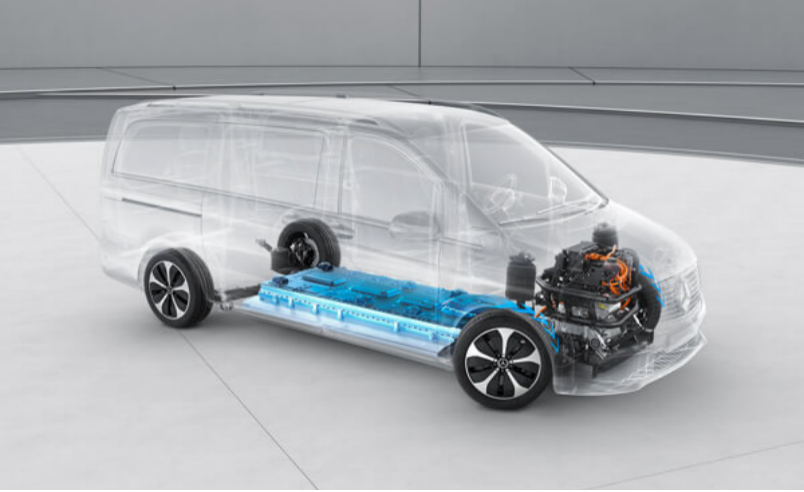
Therefore, there are advantages and disadvantages of pure electric power for MPVs.
On the one hand, the battery pack may be able to more easily enhance vehicle stiffness and achieve a higher level of NVH comfort basis (note that it is “basis”) without adding additional costs. On the other hand, the battery pack inevitably occupies a certain height and causes more pressure on the vertical direction layout, unless a higher specification suspension structure configuration is introduced. The width of the battery may also be limited by sliding doors, and the range cannot be maximized.
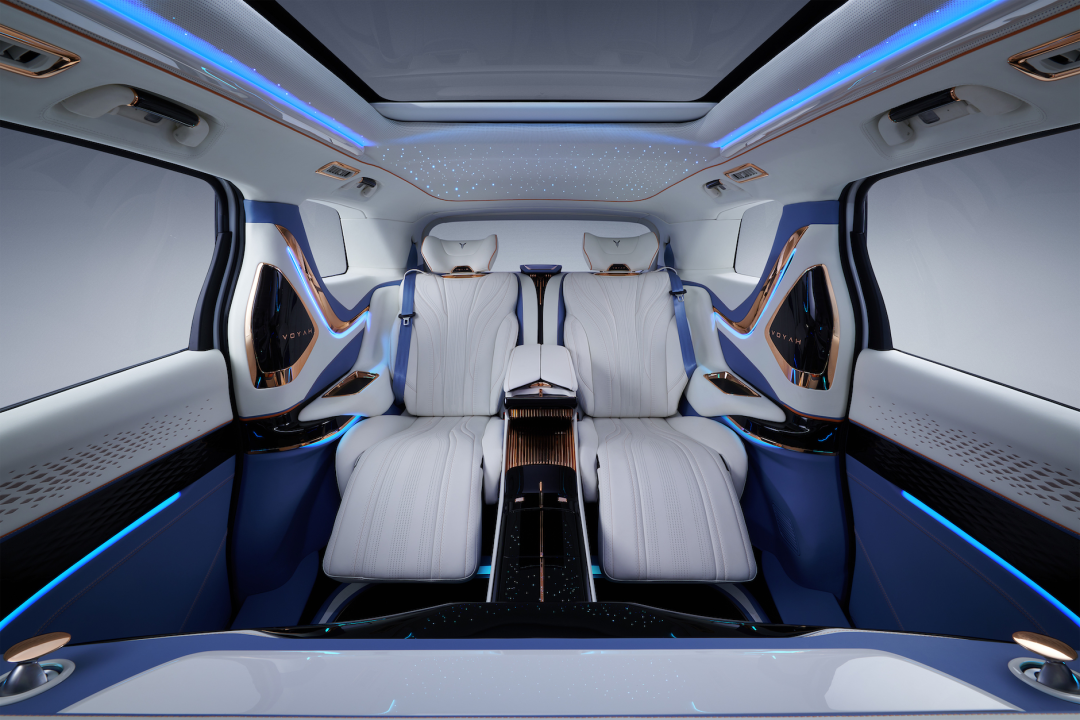
So, the “play” of pure electric MPVs is gradually becoming clear:
Pure electric large MPVs may be more suitable for creating luxurious spaces that focus on driving quality and passenger comfort. Or, to put it this way, the pure electric “nanny car” may be more suitable than the fuel “GL8” for a luxurious four-seat layout. The Landtour first launched a four-seat version of the Dream home MPV, and it is reported that Geely’s Zeekr pure electric MPV may also do the same, especially when considering meeting the needs of the Asian Games.
Of course, the four-seat configuration is not mainstream. For normal three-row seat arrangements of pure electric MPVs, higher-end, more sophisticated options are still an active choice with passive undertones. Because of the advantages and disadvantages brought by the battery system, the optimal solution is directed towards air suspension, double-wishbone front suspension, and more comfort-oriented features – all of which invariably lead to higher-end positioning. Otherwise, it will only be deeper in these conflicts and dilemmas.
From the new cars of the Landtour to next year’s Zeekr, the luxury, high-end, and sophistication of pure electric MPVs are probably not entirely due to the subjective will of independent brands, but also due to the influence of the structural factors brought about by pure electricity.
This article is a translation by ChatGPT of a Chinese report from 42HOW. If you have any questions about it, please email bd@42how.com.
